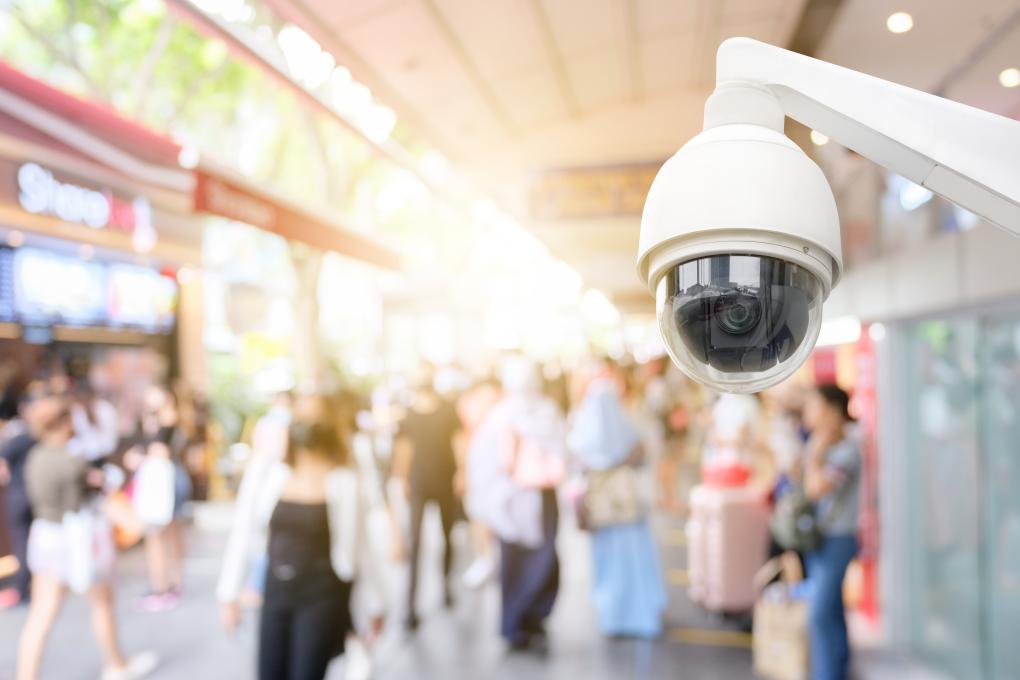Mayor Ginther unveils plans of camera surveillance network placed throughout Columbus

I’ll never forget a documentary I saw about Singapore’s heavy surveillance system – dozens of cameras watching people buy train tickets, cameras at road intersections that can catch cars speeding and people jaywalking, and even robot dogs that can spot residents littering, chewing gum, and smoking (all banned in public there).
It’s difficulty to imagine that type of ultra-modern technology making its way to good ol’ Columbus, but recently, Mayor Andrew Ginther unveiled plans for a public/private network of security cameras to be placed around Downtown Columbus. No robot-dogs were mentioned though!
In the May State of the City Address, Ginther stated that starting in early 2025, the network of these security cameras, monitored in real-time, would be established by his administration. Ginther said in the address that they would be used to see incidents before they unfold and before police arrive at the scene, and they would be used to help law enforcement track crime suspects and even locate missing persons. He stated, “This intel has proven valuable in achieving the best possible use of our officer’s time and delivering the best possible results for our residents.”
BROUGHT TO YOU BY
Downtown Columbus Inc., a nonprofit civics organization, will help create the network of cameras. Other details, such as what they’ll look like and exactly where they’ll be placed around the city, have not yet been released.
Currently, there is already a “mini” Real-Time Crime Center in Columbus, where video feeds are scanned from thousands of safety cameras around the city, “…which provide an objective perspective that could be combined with eyewitness accounts,” said Ginther in the City Address. In three years, the New Real-Time Crime will be ready in North Linden, which is “an emerging hub of actionable intelligence that’ll enable our officers to respond more quickly and effectively to calls for service,” Ginther stated.
Notably, these types of cameras are still being evaluated in their effectiveness, and some studies suggest they actually don’t prevent violent crime. They could prove effective by helping police investigate crimes that have already happened, but a study published by the National Institute of Justice on Detroit’s similar surveillance system emphasized, “There were no statistically significant effects on disorder occurrences of violent crime. The intervention did result in statistically significant reductions in property crime around treated businesses, compared with matched control businesses, at 1-year post-implementation.”
Finalized details could be made public as early as this summer. Stay tuned.
Want to read more? Check out our print publications, (614) Magazine and Stock & Barrel. Learn where you can find free copies of our newest issues here!
BROUGHT TO YOU BY




